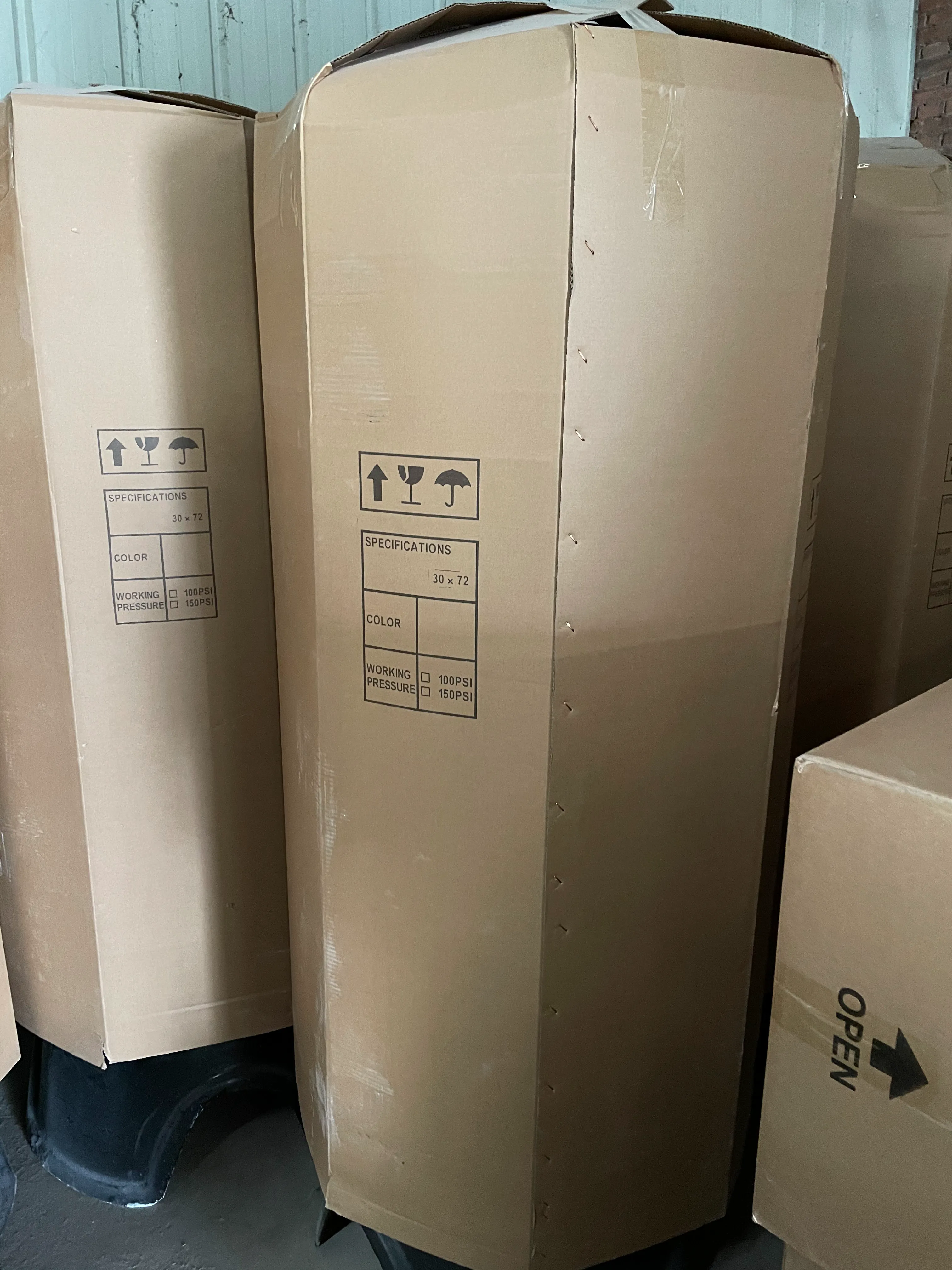loading...
- No. 9, Xingyuan South Street, Dongwaihuan Road, Zaoqiang County, Hengshui, Hebei, China
- admin@zjcomposites.com
- +86 15097380338
- Welcome to visit our website!
Enhanced Safety Solutions with Slip Resistant Grating for Diverse Environments and Applications
The Importance of Slip-Resistant Grating in Safety and Design
In various industrial applications and public infrastructure, safety is paramount. This is particularly true in environments where slip hazards are prevalent, such as in factories, warehouses, and outdoor walkways. One effective solution to mitigate these risks is the implementation of slip-resistant grating. This specialized flooring component provides enhanced traction, ensuring safety while maintaining functionality.
The Importance of Slip-Resistant Grating in Safety and Design
One of the most compelling advantages of slip-resistant grating is its versatility. It can be utilized in a wide range of settings, from industrial facilities to municipal parks. In industrial settings, slip-resistant grating is often installed in areas surrounding machinery, loading docks, and walkways where heavy traffic is common. This ensures that employees can navigate their workplace safely, even in adverse conditions. In public spaces, such as parks and recreational areas, slip-resistant grating provides safe access to elevated platforms and walkways, allowing for better pedestrian flow and significantly reducing the risks associated with slippery surfaces.
slip resistant grating

Moreover, slip-resistant grating is designed to comply with safety regulations. Many governing bodies have established standards that dictate the required slip-resistance levels for different applications. Adhering to these guidelines not only fulfills legal obligations but also enhances the overall safety and reliability of the infrastructure. By choosing slip-resistant grating that meets or exceeds these standards, companies and municipalities demonstrate their commitment to public safety and welfare.
However, the benefits of slip-resistant grating extend beyond safety considerations. The aesthetic aspect of public spaces and industrial facilities also plays a vital role in their design. Modern slip-resistant grating is available in various colors and designs, allowing it to blend seamlessly with its surroundings while still providing the necessary functionality. This combination of safety and aesthetic appeal makes slip-resistant grating an attractive option for architects and designers striving to create welcoming and safe environments.
Another advantage worth noting is the durability of slip-resistant grating. Built to withstand the rigors of heavy foot traffic and harsh environmental conditions, it offers a long-lasting flooring solution. Unlike traditional flooring materials, which may wear down or become slick over time, slip-resistant grating maintains its effectiveness and appearance even after years of use. This durability not only reduces the need for frequent replacements but also contributes to lower maintenance costs over the lifetime of the installation.
In conclusion, slip-resistant grating serves as a critical component in ensuring safety and enhancing the functionality of various environments—from industrial workplaces to public pathways. By providing increased traction, adhering to safety standards, and combining durability with aesthetic versatility, slip-resistant grating proves to be an essential element in modern design. As we continue to prioritize safety and functionality in our urban and industrial landscapes, the adoption of slip-resistant grating will undoubtedly play a leading role in shaping safer spaces for all.
-
Premium FRP Handrail for All ApplicationsNewsAug.29,2025
-
Low Maintenance FRP Mini Mesh Grating ProductsNewsAug.29,2025
-
Innovative FRP Square Tubes for Modern Industrial SolutionsNewsAug.29,2025
-
FRP Water Storage Tanks Wholesale Solutions for Bulk BuyersNewsAug.29,2025
-
FRP Molded Grating Solutions for Diverse Industrial ApplicationsNewsAug.29,2025
-
Construction Advancements Through FRP Pultruded ProfilesNewsAug.29,2025
-
Why Choose FRP Railings, Guardrails, and Handrail Systems?NewsAug.29,2025
